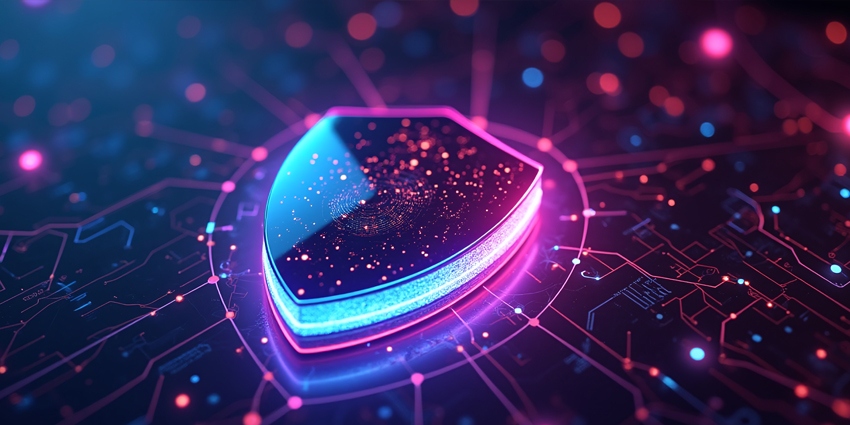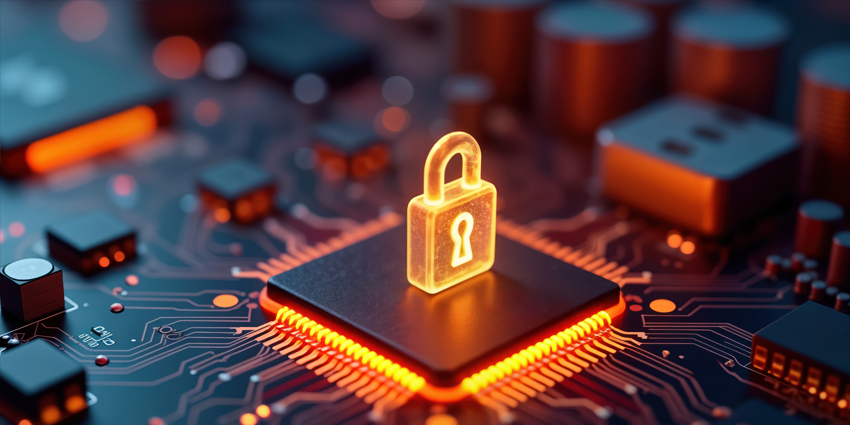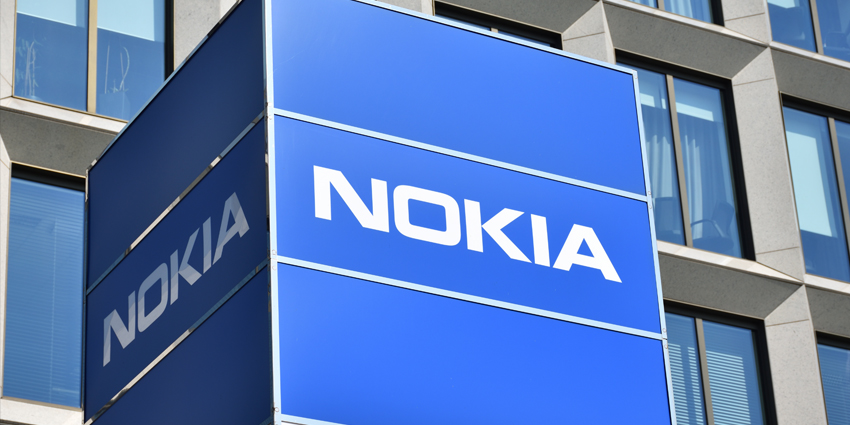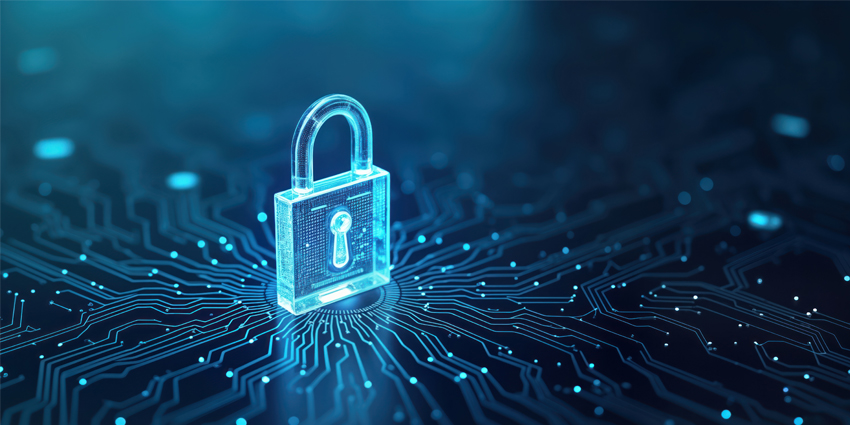While virtual and mixed reality headsets do a great job of fooling our brains’ sense of sight and sound into thinking simulations are real, they do little to stimulate and immerse our sense of touch.
Though often neglected compared to other senses, our sense of touch is a potent tool we use every day to communicate with the world around us.
However, while touch has taken a backseat to sight and sound in the XR space over the last few years, a rapidly growing haptic technology market set to reach USD 19.55 billion by 2022 tells us things could be about to change.
But before we discuss this trend in further detail, let’s take a moment to understand what haptic technology is and how it benefits the enterprise.
What is haptic technology?
Haptics is a group of technologies designed to immerse and stimulate our sense of touch with various mechanical components. Common examples of haptics in the mass market include vibrations in console joypads or smartphones, but the use cases are growing by the day.
As haptics technology continues to evolve, developers are exploring new ways to stimulate and engage our tactile senses, everything from temperatures and textures to feeling the weight and durability of items we encounter in XR environments.
What are the benefits of haptic technology?
Being able to touch and feel within extended realities adds a whole new immersion level to the extended reality experience. Below are some of the most significant benefits haptic technology can offer to the enterprise.
Better Customer Experience
From a marketing standpoint, haptic technology provides a crucial missing link in the chain that binds customers to their immersive experiences.
Seeing a product in extended reality is one thing but being able to reach out and touch it creates a whole new level of immersion that will strengthen their bond with the brand and the products/services.
Rather than merely engaging with their customers on an audio/visual level, haptics allows organizations to stimulate deeper senses uniquely to enhances customer experience and differentiate their offering from the competition.
Improved Learning & Training
According to research, “the use of haptic devices would be particularly beneficial in any situation where it is important for the student to experience a realistic simulation of forces.”
For example, in medical training, a student is taught to palpate a patient by touching an organ or area of the body. While VR training platforms can create visual simulations of medical situations, without haptics present to record and monitor the student’s placement of pressure on their simulated patient, the exercise is useless.
Haptic technology is especially beneficial when training medical professionals like surgeons who rely heavily on a delicate sense of touch and tactile awareness to treat their patients. As well as teaching surgeons how to maneuver soft tissues during an operation correctly, haptics also offers a much more authentic operating experience that accurately replicates “real-life” without putting any patients in danger.
Next-Level Collaboration
Another benefit of haptic technology from a collaborative standpoint is a massive increase in “presence,” a term used to describe the sense of really being “present” a virtual simulation, within VR collaboration platforms.
By adding elements of touch and feel to the experience, haptics makes it much easier for users to immerse themselves fully within the virtual environment, thus increasing their focus and ability to engage with others on projects.
What does the future hold for haptics?
While the notion of being able to touch and feel objects that don’t exist within our reality once seemed impossible, the arrival of haptic technology will change everything.
Much like video conferencing and collaboration did in 2020, and augmented, virtual, and mixed reality technology will continue to do in 2021, haptics will transform the way humans interact, communicate, learn and evolve in the years that follow – both at consumer and enterprise level.







